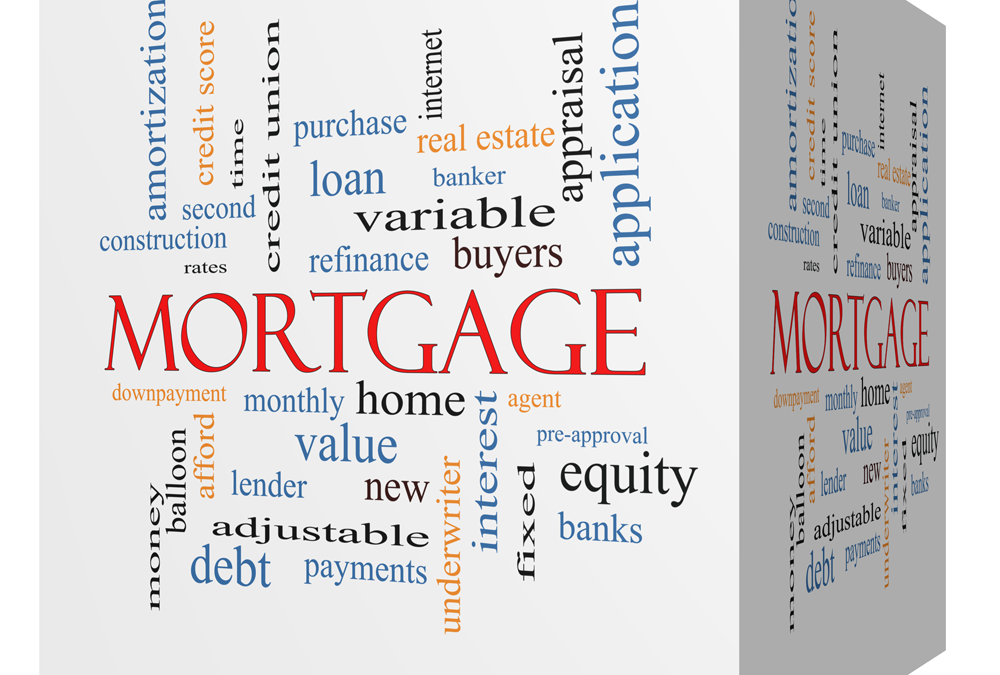In prepared remarks at the annual convention of the Mortgage Bankers Association, Mel Watt, Federal Housing Finance Agency director, said that the GSEs under his charge would again be permitted to guarantee mortgages with as little as 3 percent down.
Cue the cheers and groans.
Mortgage bankers and private mortgage insurers are among the cheerleaders. It has been a number of years since GSEs have operated in such highly leveraged territory. Housing economists cheer the easing of GSE underwriting standards as the latest attempt to stimulate the housing market out of its doldrums. Consumer groups hail the move as removing roadblocks to homeownership for lower-income households.
The groaners, including many House Republicans, are sure to protest the latest indication that Director Watt is undoing the thankless work of his predecessor, Ed DeMarco, to shore up the GSE system by battening the hatches. While defaults on low down-payment loans were not the main contributor to the demise of the GSEs, the liberalizing of borrower equity stakes represents a sort of “reversion to the mean.” In the void of Congressional leadership, Fannie Mae and Freddie Mac continue to be tools of economic and social policy, this time at the behest of their conservator.
In a November blog, Urban Institute scholars call the return to 3 percent down payments “no big deal.”[1] Using Fannie Mae mortgage default data for five years (2001, 04, 07, 11 and 12), they point to the fact that mortgage default rates are generally the same whether the borrower makes a 3 to 5 percent down payment or a 5 to 10 percent down payment. Credit scores, they say, are a bigger determinant of default than down payment. Hence, no big deal.
Blogging on a subject as complex as the variables of mortgage default omits a few key facts. First, the data set is pretty thin. Only one of the five years (2007) saw any significant stress on home prices, and the most recent two years (2011 and 2012) are highly “unseasoned,” meaning they have not yet gone through a business cycle. It’s precisely when house prices plummet (and they could again) that borrower down payments become so important to families, neighborhoods and the financial system.
Second, it’s worth looking at how down payments affect default when holding credit scores constant. For 2007, the worst performing year, it is striking to see the large difference down payments make when times get rough, even for borrowers with pristine credit. For borrowers with credit scores greater than 750, for instance, default rates on loans with down payments of 20 percent or more were 4.5 percent – dwarfing default rates in better years by orders of magnitudes. But, defaults were staggeringly worse for those with smaller down payments. The default rate jumped to 11.5 percent for borrowers with down payments between 5 and 10 percent. And it rose still further, to 13.5 percent, for those who made just 3 to 5 percent down payments.
UI would have us focus on the default rate difference between the lowest down payment crowd and those putting an additional 5 percent down: that extra cash up front reduced the default rate “only” by 200 basis points. Not only is that statistically huge, it represents a lot of families who easily slipped “underwater” and lost their homes in a very bad year.
Policymakers must start thinking holistically about the market and about who does what – and resist the temptation to redirect the GSEs toward the weakest end of the spectrum while taxpayers remain completely on the hook for losses. We must reject the view that down payments are somehow anti-borrower because they require saving and take time to accumulate. Equity capital is the anchor of the system, particularly for those in the weakest housing markets.
[1] “Why the Government Sponsored Enterprises’ support of low-down payment loans again is no big deal,” Taz George and Laurie Goodman and Jun Zhu, November 4th, 2014, http://blog.metrotrends.org/2014/11/data-clear-ultra-low-payments-arent-risky/

